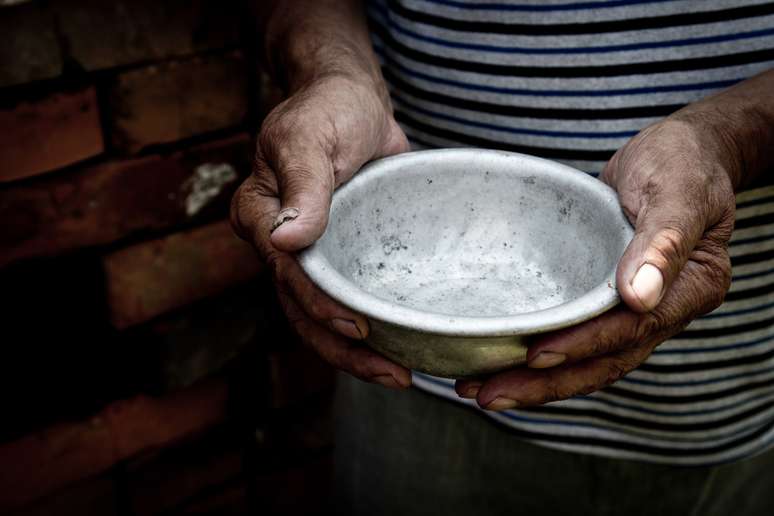Celebrated on October 16, the date serves to generate reflection on practices to improve global nutrition
Topics such as hunger and food insecurity are of concern at an international level, which is why every 16th October is dedicated to the debate on the food and nutritional security of the population. Overall, the crisis has worsened across the world, with 122 million people without food, according to UN agencies.
The number is due to the Covid-19 pandemic, which has exacerbated social inequalities. According to UN agencies, another factor that contributed to the increase in the rate was the war that broke out in Ukraine.
Who created World Food Day?
Established by the Food and Agriculture Organization of the United Nations (FAO) in 1981, the date is anchored on four pillars: better nutrition, production, environment and quality of life for all. This year the campaign theme is “Food, Water, Rights and Equity”, which will have this message as the motto for campaigns in favor of the cause.
Data on hunger in Brazil
Hunger in Brazil has worsened over the past three years, as indicated by the FAO report, published in July this year. According to the report, 21.1 million people were hungry in 2022.
Highlighting the data, the Ministry of Development and Social Assistance, Family and Fight against Hunger drew attention to the worsening of the crisis, as Brazil had left the Hunger Map in the period 2014/2015. In 2016, however, the situation was reversed.
“It has become common to see people going hungry, queuing for bones and looking for food in the garbage to eat,” complained Minister Wellington Dias, in a text published by the ministry.
Data on food insecurity in Brazil
As nutritionist Gabriella Gachet reminds us, the UN distinguishes between insecurity and hunger. While the latter is configured as a state of food deprivation, insecurity is the lack of permanent or temporary access to healthy and safe food in quantities sufficient to satisfy one’s needs.
“Food insecurity is a condition that arises from other problems, such as lack of access to income and water, climate change and economic and governmental crises,” explains Gabriela, partner at orienteme, a health management platform corporate.
The same FAO report states that last year around 70.3 million Brazilians, or 38.8% of the population, suffered from food insecurity. For many the situation is serious to the point of causing chronic malnutrition.

Powerful Leaf: Let yourself be surprised by the benefits of bay leaves
Types of food insecurity
Mild food insecurity
As nutritionist Clariana Colaço, a specialist in eating disorders, states, this happens when the individual is worried or has no guarantees regarding access to meals in the future. Nutritionist Giovanna Carvalho also adds that, in this case, the person with mild insecurity reduces the nutritional quality of their food, as they risk not having money to purchase additional supplies.
Moderate food insecurity
“This happens when there is a quantitative reduction in food intake among adults or an interruption of patterns, such as skipping meals, not having breakfast or having to choose between lunch or dinner”, exemplifies Giovanna, also an orienteme partner. Another example is when adults stop eating to make food available for children and adolescents.
Severe food insecurity
This is hunger, even if for a short period of time. According to Giovanna, it occurs when there is a strong reduction in food, that is, an upheaval in the family’s eating patterns. Some consequences are malnutrition and even death.
Possible solutions to food insecurity
“The solutions to ending food insecurity and hunger are not simple,” emphasizes Clariana, who now teaches courses, advises businesses and teaches practical, healthy eating on social media.
“We need more efficient and effective public policies for people in vulnerable situations. We also need to learn to use food as a whole, considering peels, stems and reuse of food in general,” he concludes. Another initiative you mentioned is the encouragement of community gardens and small producers.
Source: Terra
Ben Stock is a lifestyle journalist and author at Gossipify. He writes about topics such as health, wellness, travel, food and home decor. He provides practical advice and inspiration to improve well-being, keeps readers up to date with latest lifestyle news and trends, known for his engaging writing style, in-depth analysis and unique perspectives.








